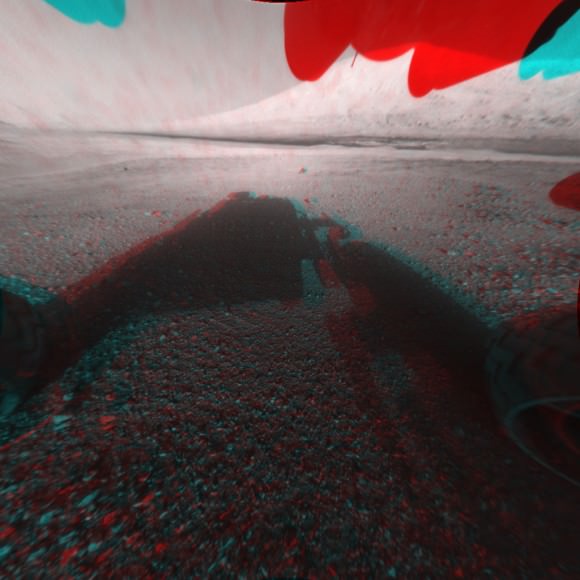US President Barack Obama called up the Mars Science Laboratory team at the Jet Propulsion Laboratory today, August 13, congratulating them on the perfect landing of the Curiosity rover one week ago today.
“What you did on Mars was incredibly impressive,” the President said, “with those 76 pyrotechnics going on in perfect succession, the 500,000 lines of code working exactly the way you guys had ordered them, it’s really mind boggling what you’ve been able to accomplish. Being able to get that whole landing sequence to work the way you did, it’s a testimony to your team.”
Obama specifically congratulated Charles Elachi, the head of JPL, the entry, descent and landing lead, Adam Steltzner for the audacious Sky Crane system.
“What you accomplished embodied the American spirit and your passion and your commitment is making a difference and your hard work is now paying dividends, because our expectation is that Curiosity is going to be telling us things that we did not know before and laying the groundwork for an even more audacious undertaking in the future, and that’s a human mission to the Red Planet.”
Obama joked about letting him know right away if they find any Martians, and perhaps getting a Mohawk, just like Bobak Ferdowsi, a systems engineer in JPL’s mission control who became an unexpected “star of the show” on Sunday night’s webcast, for his American flag-themed stars and stripes Mohawk haircut.
“That’s going to be the new fashion at JPL,” Elachi replied.
“It does sound like NASA’s come a long way from the white shirts, black-rimmed glasses and the pocket protectors,” the President joked. “You guys are a little cooler than you used to be.”
Obama said his administration is putting a big focus on improving science, technology, engineering and math education; however, NASA and other science arms of the government are all facing massive cuts. Perhaps MSL has captured the President’s attention enough to, maybe, change his focus. Several people have sent messages to Obama via Twitter, such as this one:
A view of the crowd gathered at Times Square in New York City to watch the landing of Curiosity on Mars. Credit: @CSMuncyPhoto
Then Obama said, “I’m going to give you guys a personal commitment to protect these critical investments in science and technology, I thank you for devoting your lives to this cause and if, in fact, you do make contact with Martians, please let me know right away. I’ve got a lot of other things on my plate, but I suspect that that will go to the top of the list. Even if they’re just microbes, it will be pretty exciting.”
Obama said the incredible landing of Curiosity is the kind of thing that inspires kids across the country. “They are telling their moms and dads they want to be part of a Mars mission, maby even the first person to walk on Mars. That kind of inspiration is a by-product of the work that you have done.”
“You guys have done an outstanding job, you’ve made us all proud… you are examples of American know-how and ingenuity and we can’t wait to start hearing back from Curiosity and finding on what is going on.”



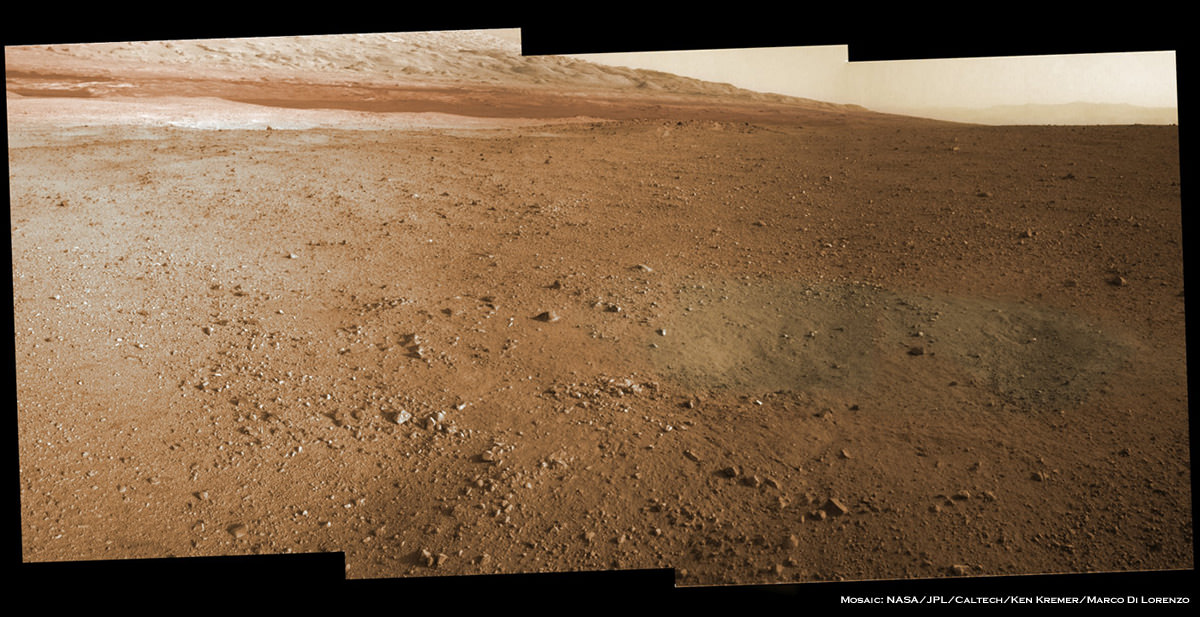

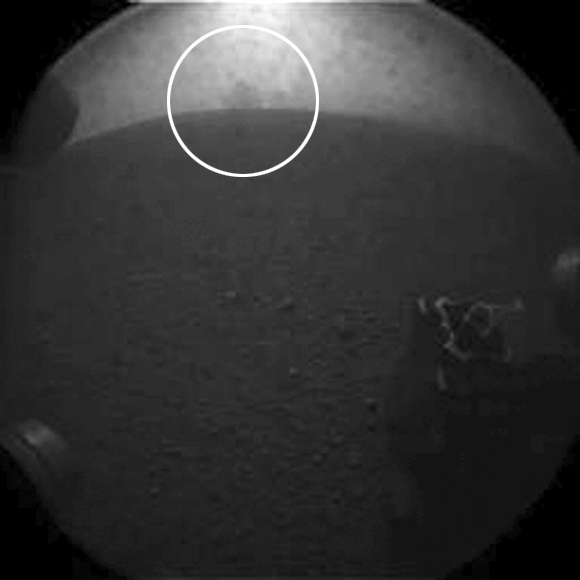
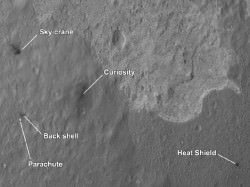
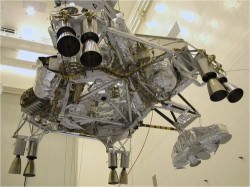

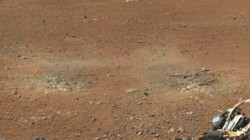
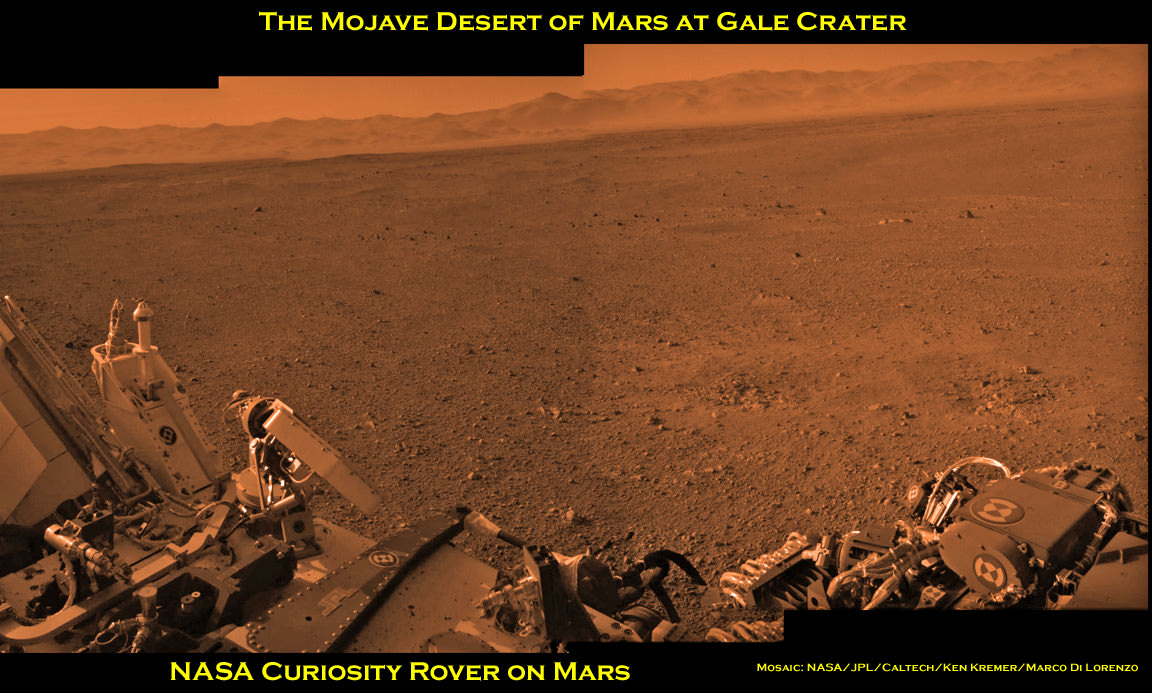
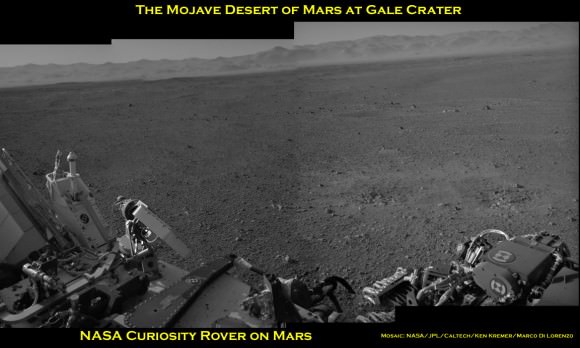
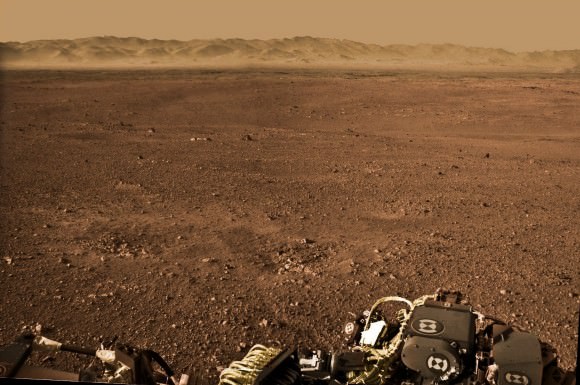
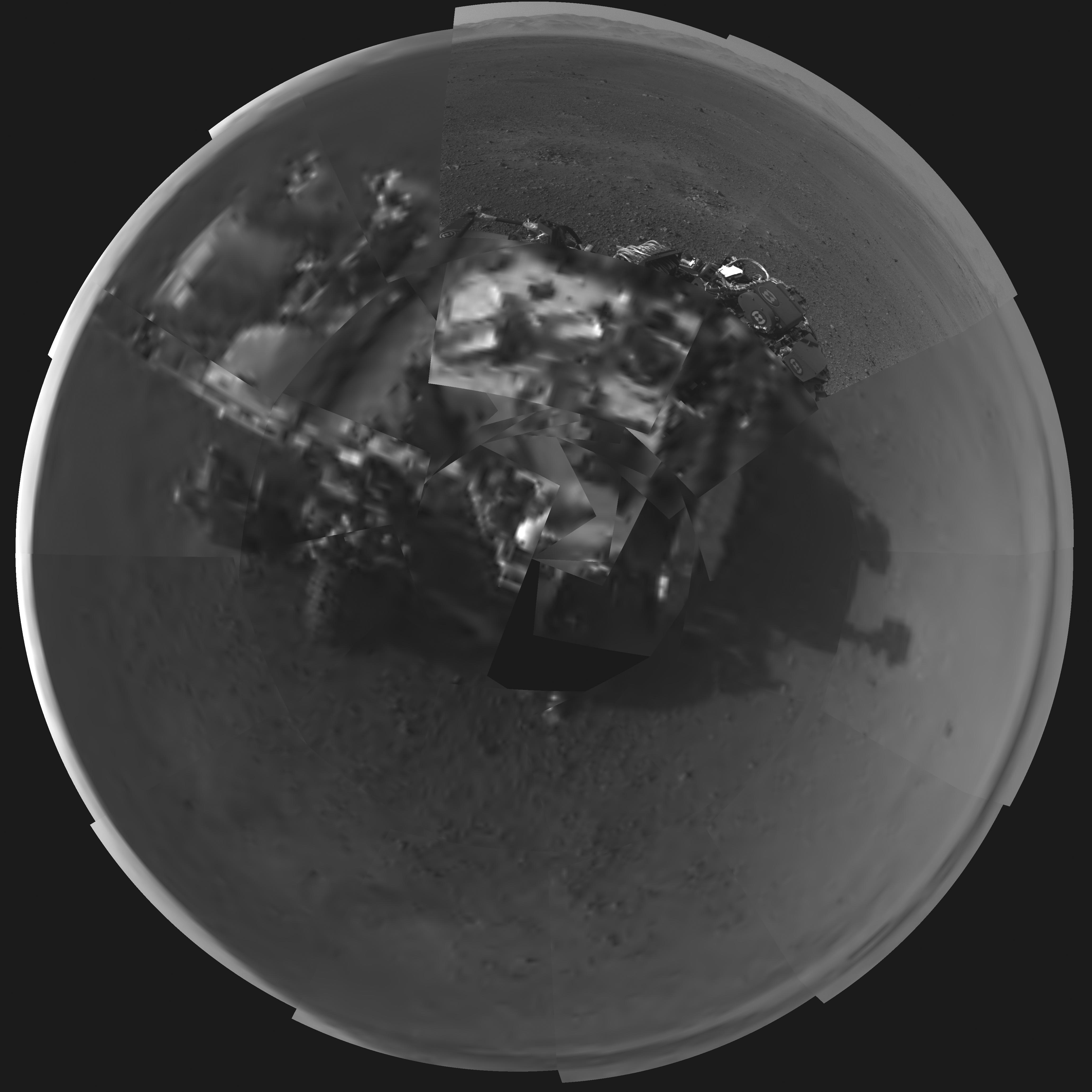
![PIA16011[1]](https://www.universetoday.com/wp-content/uploads/2012/08/PIA160111-580x74.jpg)
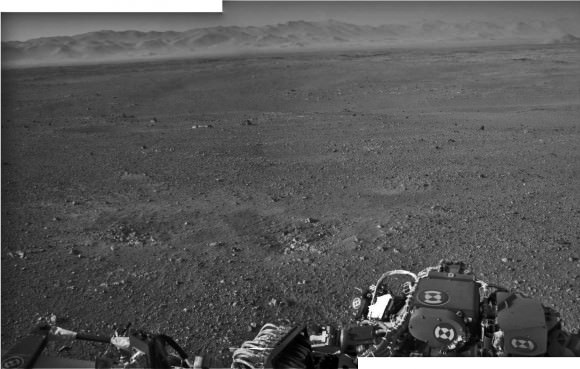
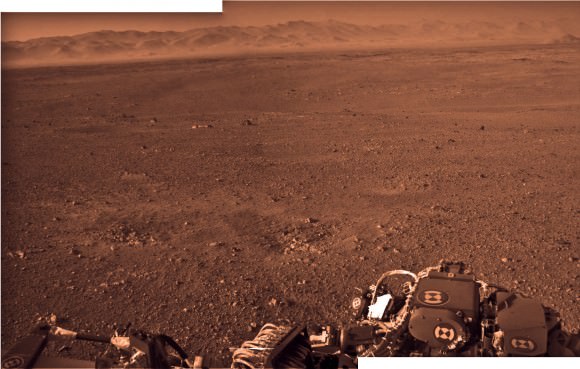
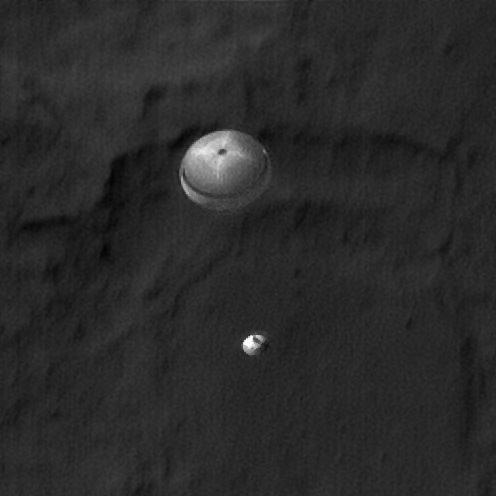
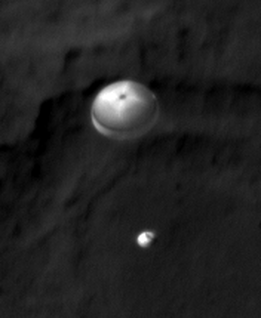
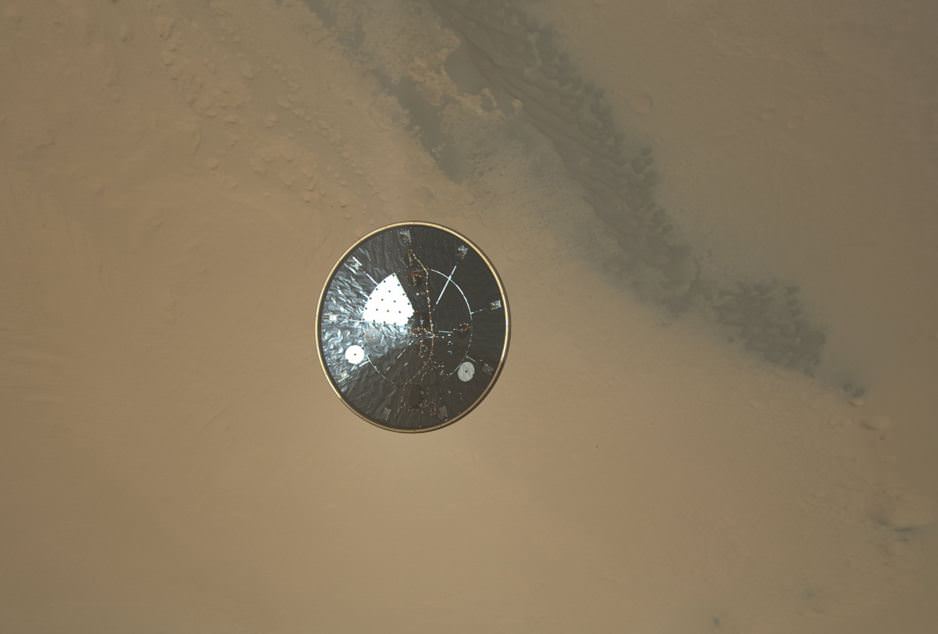
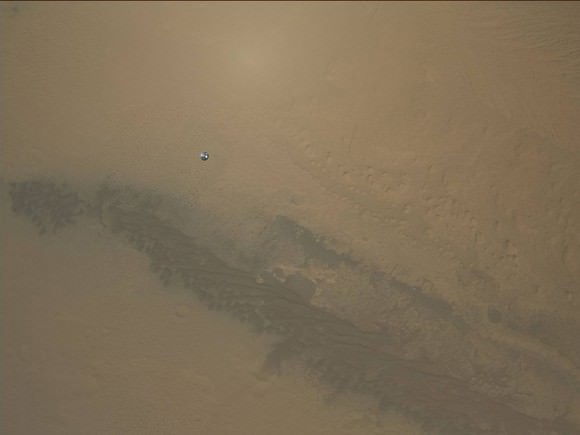
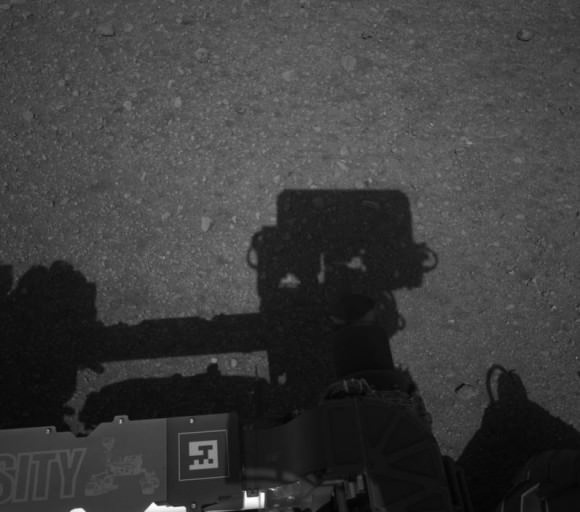
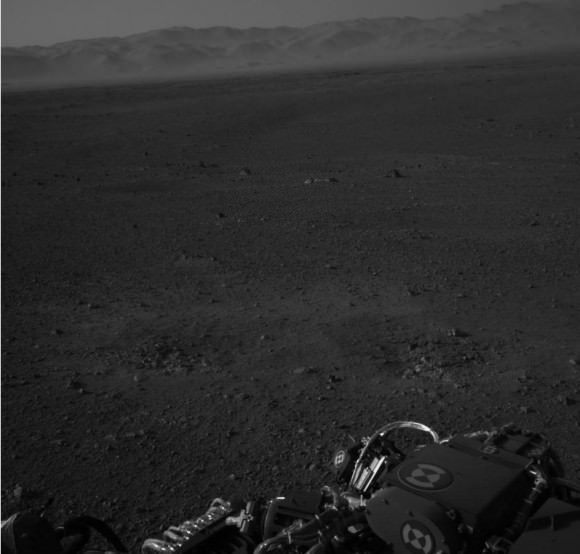
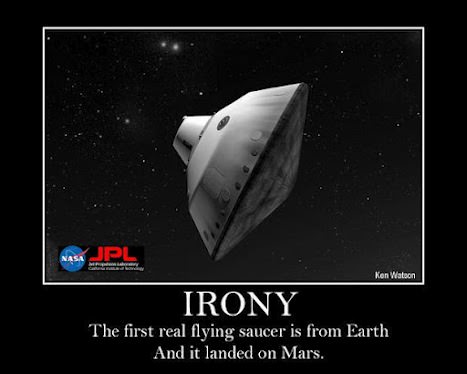
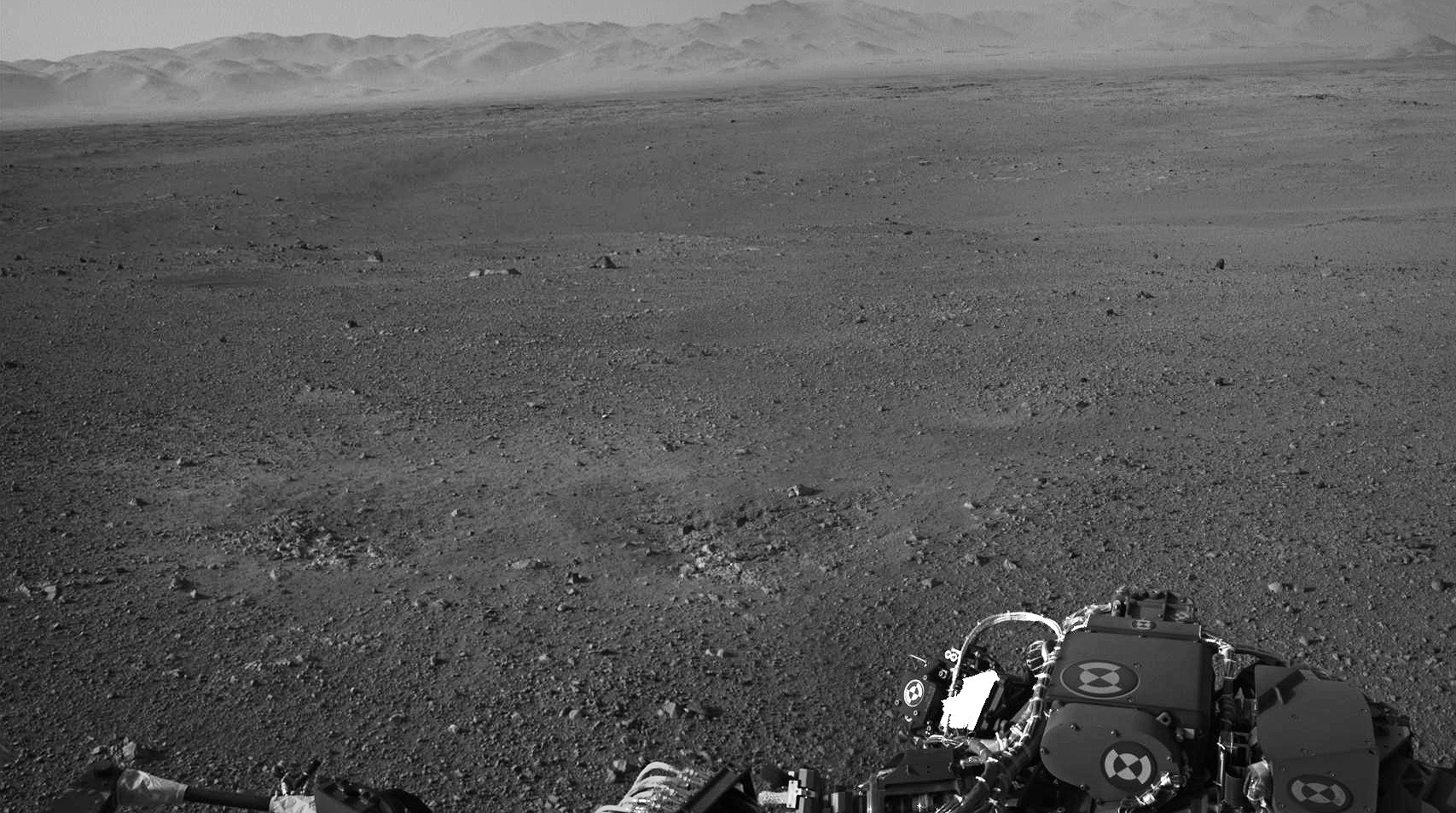
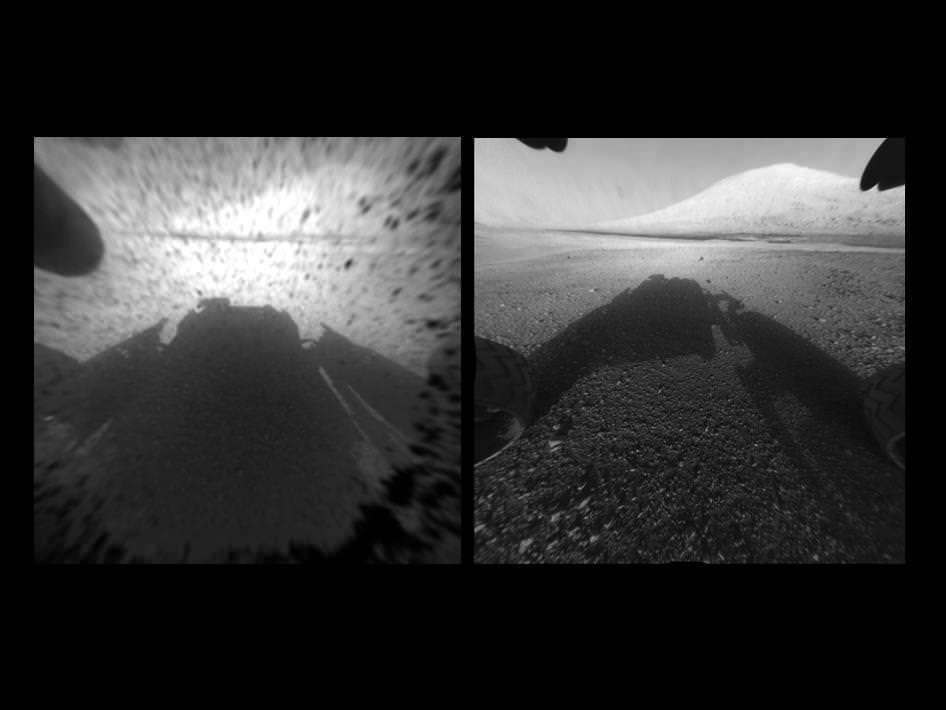
![673969main_PIA15993-43_full[1]](https://www.universetoday.com/wp-content/uploads/2012/08/673969main_PIA15993-43_full1-580x435.jpg)
